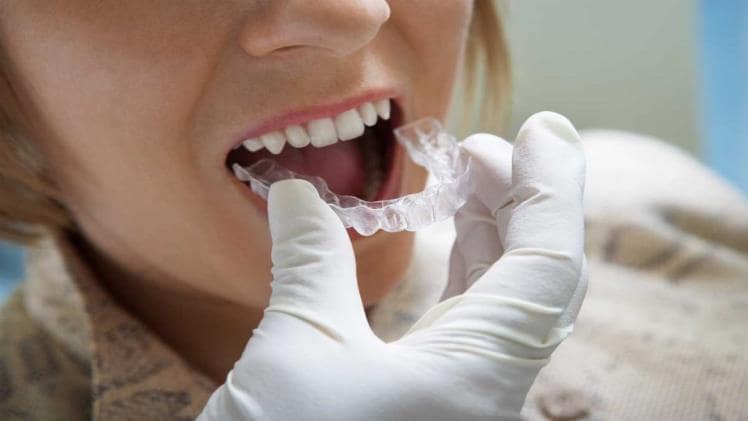While root canal treatment has a high success rate, the treated tooth may sometimes not heal as expected. Although rare, post-surgical complications can happen, and this may require immediate attention. Your dentist in Fairfield, ME may recommend going for root canal retreatment, which involves removing the existing crown and re-cleansing the root canals. The procedure is almost similar to the first root canal treatment that you had gone through, except that the dentist will have to work more to remove the crown and sealant. Here’s more on what you need to know.
Should you consider root canal retreatment?
Today, dentists and endodontists do their best to save a natural tooth. If your dentist feels that root canal retreatment can help save the infected tooth from extraction, they may suggest the option. Although the actual root canal procedure looks scary and overwhelming, the alternative is an extraction, following which you may have to get dental implants, and that is a much longer process.
Why is root canal retreatment required?
Various factors can affect a treated tooth, including –
- Cracked crown
- Delay in placing the crown following the procedure
- Curved canals that were not properly cleaned during root canal procedure
- Injury or fracture
- Complex dental structure
What is the procedure like?
In general, root canal retreatment is very similar to actual root canal therapy. The dentist will use local anesthesia to numb the area, following which they will use a dental dam to separate/isolate the tooth. If there is a crown, they will remove the same and create an access opening to the inner tooth. An ultrasonic handpiece is usually used to get rid of the filling material. The dentist will use dental files and reshape the root canal. Once the root canals are clean, the tooth will be sealed again, and you will typically get a new crown.
Does root canal retreatment hurt?
No, since local anesthesia is used for the procedure, there would be any pain. If you have extreme dental anxiety, talk to the dentist in advance. Your dentist may take more than one appointment to complete the procedure, depending on the complications. You need two sittings additionally to get the crown.
Final word
Don’t panic if your dentist recommends root canal retreatment. If you have any concerns or questions, ask the dentist in detail and make sure that you take care of your teeth afterward.

